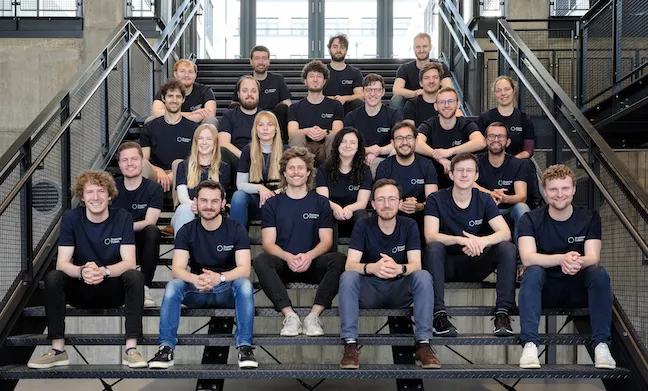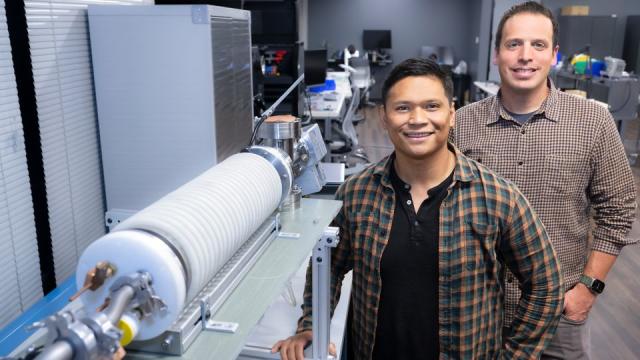Proxima Fusion secures $21M to advance its ‘stellarator’ method in nuclear fusion research

The fluctuating appetite of venture capitalists for fusion startups reflects broader market dynamics, including concerns such as inflation. Despite this, the Fusion Industry Association’s data highlights substantial investment growth in nuclear fusion companies, indicating ongoing interest and potential in the field.
Recent advancements, such as the successful fusion reaction achieved by the Department of Energy’s National Ignition Facility, underscore the tangible progress toward realizing fusion power. With such milestones, fusion energy is transitioning from a theoretical concept to a practical possibility.
Proxima Fusion, as the inaugural spin-out from the esteemed Max Planck Institute for Plasma Physics, represents a promising addition to the fusion landscape. The company’s focus on quasi-isodynamic stellarators with high-temperature superconductors demonstrates innovative approaches to overcoming traditional challenges in fusion reactor design.
Securing €20 million ($21.7 million) in seed funding, Proxima Fusion is well-positioned to advance its mission of developing fusion power plants. This investment signifies confidence in the company’s potential to contribute to the quest for safe, abundant, and sustainable energy sources.
Proxima Fusion’s emergence as the inaugural spin-out from the esteemed Max Planck Institute for Plasma Physics marks a significant development in the pursuit of fusion energy. The company’s successful €20 million ($21.7 million) seed funding round underscores investor confidence in its mission to advance fusion power technology.
At the heart of Proxima Fusion’s approach lies the utilization of “quasi-isodynamic (QI) stellarators” featuring high-temperature superconductors. Essentially, stellarators comprise doughnut-shaped rings of meticulously positioned magnets designed to confine plasma, the fuel source for fusion energy. While stellarators offer immense potential, their intricate design and precise engineering pose formidable challenges.
Proxima Fusion claims to have devised innovative solutions to overcome these obstacles, leveraging a combination of engineering methodologies and advanced computing techniques. By addressing key technical challenges, the company aims to unlock the full potential of stellarator-based fusion reactors.
Moreover, Proxima Fusion’s lineage traces back to the Max Planck IPP, renowned for its groundbreaking Wendelstein 7-X (W7-X) experiment, the largest stellarator worldwide. Building upon this rich research heritage, Proxima Fusion is poised to push the boundaries of fusion technology and propel humanity closer to achieving sustainable, limitless energy generation.














